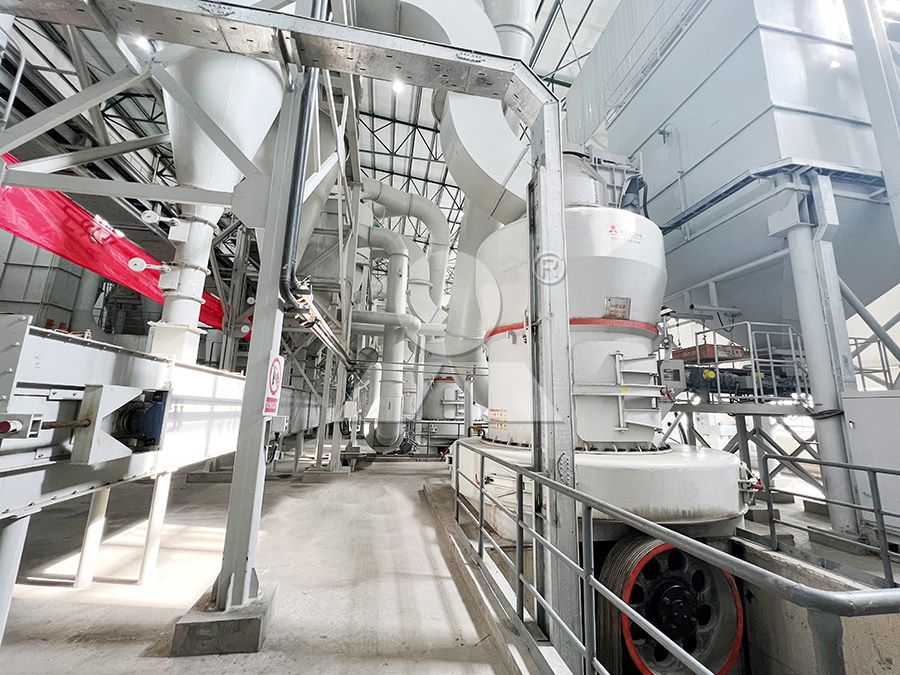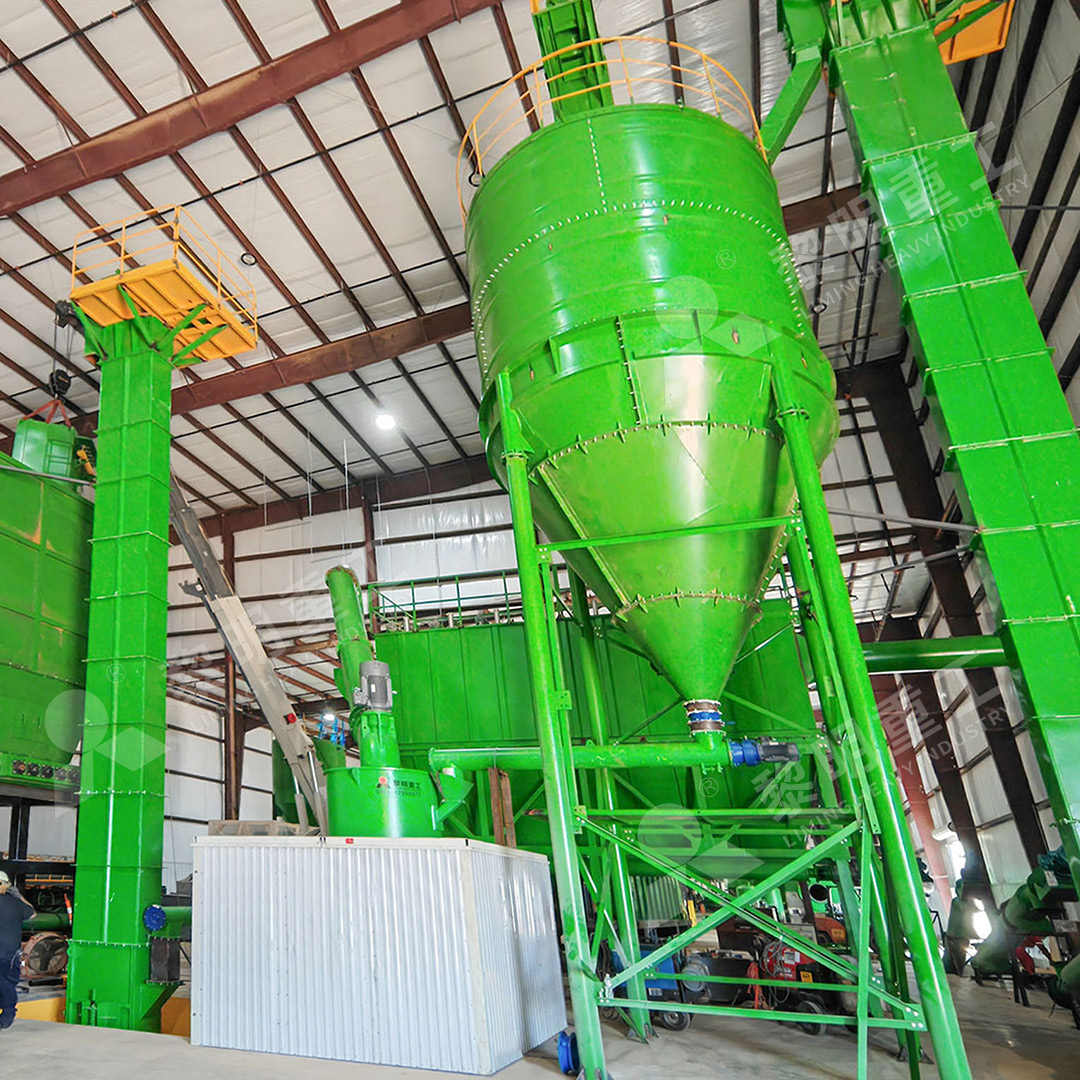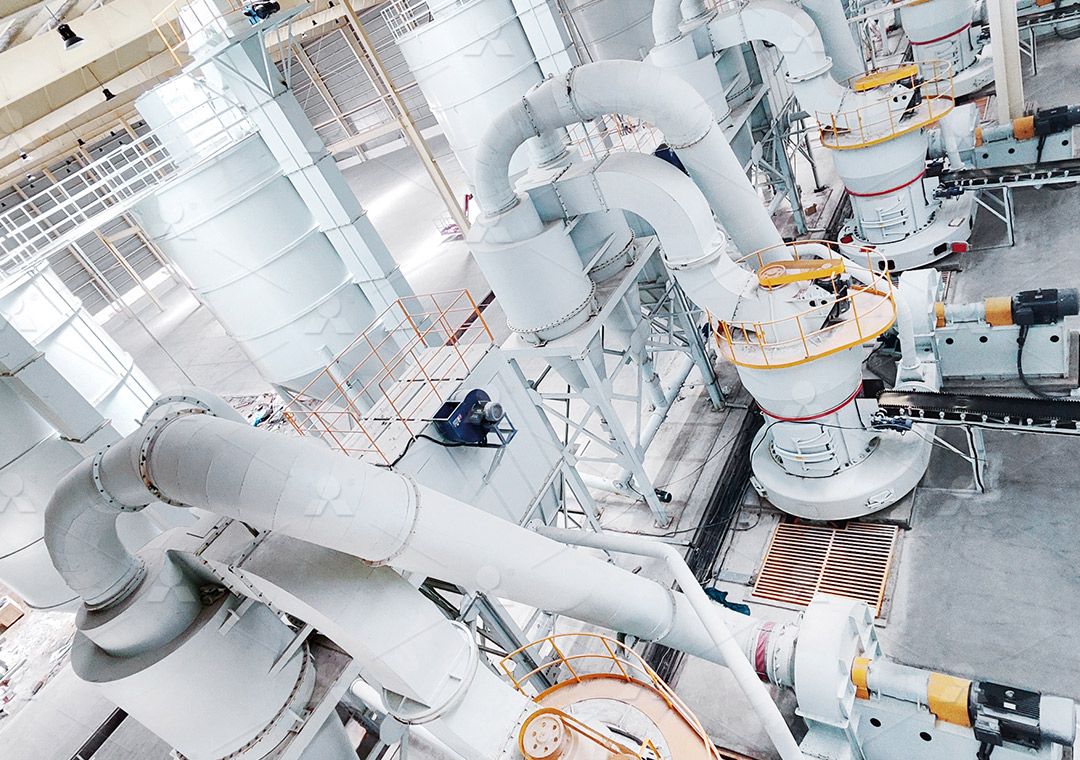Raymond Mill: A Comprehensive Guide to Industrial Powder Grinding
Raymond Mill: A Comprehensive Guide to Industrial Powder Grinding
In the realm of industrial processing, the transformation of raw materials into fine powders represents a critical stage for countless manufacturing sectors. From construction materials to pharmaceuticals, the quality and efficiency of powder grinding directly impact product performance and production economics. Among the various grinding technologies available, Raymond mill systems have maintained their relevance through continuous innovation and adaptation to modern industrial demands.

The Evolution of Grinding Technology
Traditional grinding approaches have evolved significantly since the early days of simple crushing mechanisms. Modern grinding mills incorporate sophisticated engineering principles that balance particle size distribution, energy consumption, and operational reliability. The fundamental challenge remains unchanged: reducing bulk materials to predetermined fineness levels while minimizing energy input and maximizing throughput.
Contemporary grinding systems must address multiple competing priorities: particle size consistency, thermal management during processing, dust control, noise reduction, and maintenance accessibility. Advanced mills now integrate intelligent control systems that monitor performance parameters in real-time, adjusting operational settings to maintain optimal efficiency across varying material characteristics.
Specialized Applications Demand Specialized Solutions
Different industries present unique grinding challenges that require tailored solutions. The construction sector typically processes limestone and gypsum for cement production, where consistent particle size distribution directly affects final product strength. The pharmaceutical and food industries demand ultra-fine powders with stringent purity requirements, necessitating completely enclosed systems that prevent contamination.
For operations requiring exceptional fineness ranging from 325 to 2500 meshes, the MW Ultrafine Grinding Mill represents a technological leap forward. This advanced system incorporates German-developed cage-type powder selection technology that achieves remarkable separation precision. With capacity ranging from 0.5 to 25 tph and handling feed sizes up to 20 mm, this mill delivers production rates 40% higher than comparable jet mills while consuming only 30% of the energy. The absence of rolling bearings and screws within the grinding chamber eliminates common failure points, while the external lubrication system enables continuous 24-hour operation.

Vertical Grinding Systems: Space-Efficient Alternatives
When floor space represents a significant constraint, vertical grinding mills offer compelling advantages. The LUM Ultrafine Vertical Grinding Mill combines Taiwanese roller technology with German powder separation expertise in a compact footprint. Processing materials up to 10 mm at rates between 5-18 tph, this system features double position-limiting technology that prevents destructive roller-to-table contact during unexpected vibration events. The reversible structure allows maintenance personnel to easily extract grinding rollers for inspection or replacement, dramatically reducing downtime during servicing operations.
Vertical mill configurations particularly excel in applications requiring integrated drying and grinding, as the upward airflow simultaneously transports and classifies particles while evaporating moisture. This multifunctional approach eliminates the need for separate drying equipment, reducing both capital investment and operational complexity.
Environmental Considerations in Modern Grinding
Contemporary industrial operations face increasing regulatory pressure to minimize environmental impact. Modern grinding mills address these concerns through integrated pulse-jet dust collection systems that capture particulate matter with efficiency rates exceeding 99.9%. Advanced muffler designs and sound-dampening enclosures reduce operational noise to levels compliant with strict workplace safety standards.
The fully enclosed nature of systems like the MW Ultrafine Grinding Mill prevents material escape while negative pressure operation ensures that any leakage draws air inward rather than emitting dust outward. These environmental safeguards allow operations to maintain production in proximity to urban areas where emissions and noise would otherwise restrict industrial activity.

Frequently Asked Questions
What maintenance considerations are most critical for Raymond mill operations?
Regular inspection of grinding elements (rollers and rings) represents the most crucial maintenance activity. Modern designs featuring external lubrication systems significantly reduce maintenance frequency while specialized wear-resistant alloys extend component lifespan up to 2.5 times compared to conventional materials.
How does material moisture content affect grinding performance?
Excessive moisture (typically above 10%) can cause material adhesion to grinding surfaces and reduce classification efficiency. Many contemporary mills integrate drying capabilities through heated air injection, allowing processing of materials with higher initial moisture content without pre-drying steps.
What factors determine the choice between horizontal and vertical mill configurations?
Horizontal Raymond mills generally offer simpler maintenance access and lower initial investment, while vertical configurations provide superior space efficiency and often integrate multiple processing steps (crushing, drying, grinding, classification) within a single footprint. The decision typically balances available space, desired automation level, and specific material characteristics.
How has digitalization impacted grinding mill operation?
Modern numerical control manufacturing ensures exceptional precision in core components, while PLC-based control systems enable precise adjustment of grinding pressure, rotational speed, and classifier settings. These advancements translate to improved product consistency, reduced energy consumption, and the ability to quickly adapt to different material specifications.
